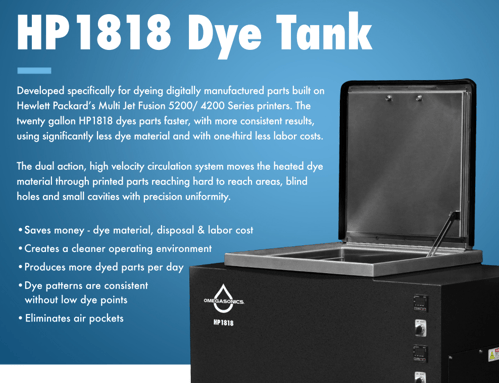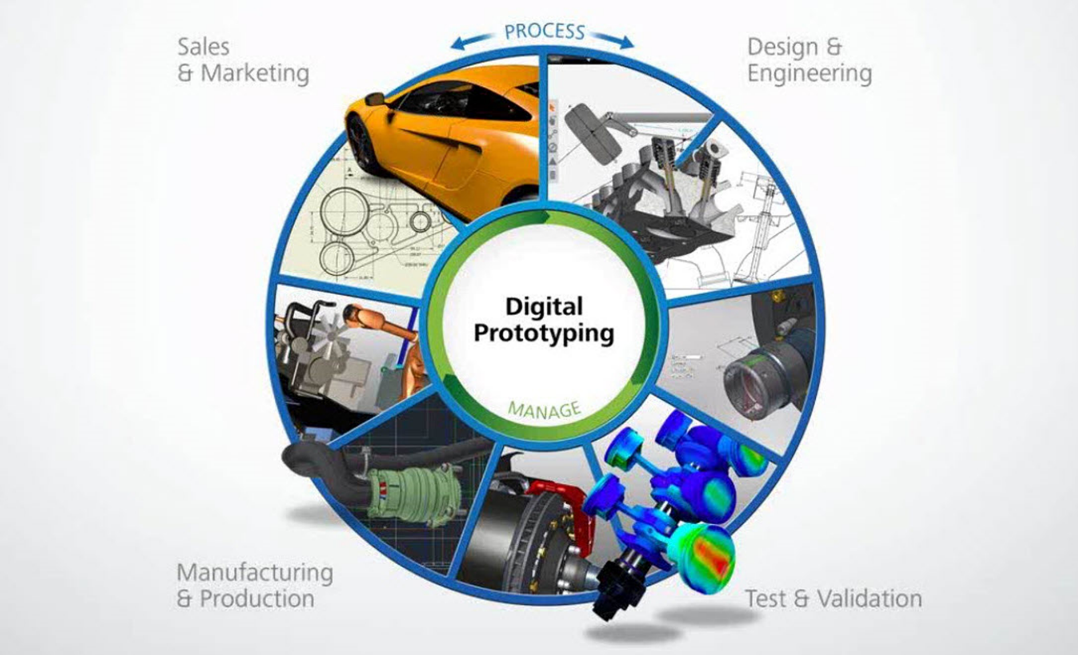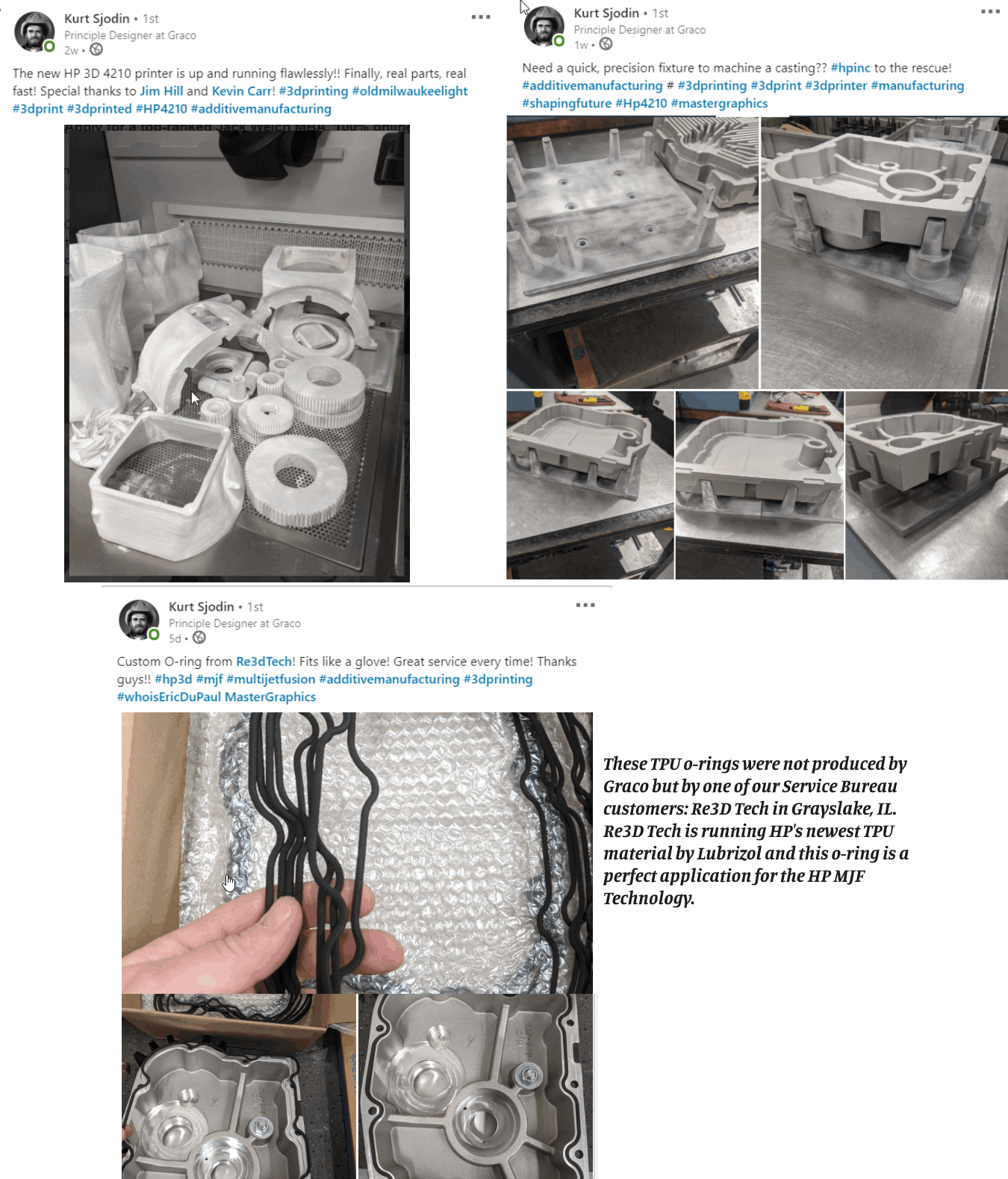"The pain of Change could be LESS than the pain of NOT changing"
It's often not easy to change − whether it is a personal change or business change. I work with customers and often the path of least resistance is to stay status quo − not implement any changes or new processes because often it's perceived as the path of least resistance. I hear "We have done it this way for years and it works" but does it? Often if you step back and analyze your areas of PAIN, the steps to address those challenges are often times easier than not changing. You can relate to this concept on a personal level if you think of eating healthy − or at least I can relate. Often the initial change in diet is challenging − you don't like the food options − you miss eating past favorite foods and often the easiest thing to do is NOT change. So often we are not determined to see the change through and give up. The end result, we gain a few pounds and are not as healthy. As opposed to going through the pain − changing our diet − and in the end having a healthier self! The change seemed hard but easier than the bad habits leading up to issues later that are even more difficult to address than the current situation.
So how does this relate to 3D Print/Additive Manufacturing? Often I work with clients that have a difficult time stepping back and looking at their overall processes and addressing the changes needed to avoid larger pains in the future. Like eating right − they hear 3D printing is the future but think it does not apply to them. I can tell you first hand the organizations that challenge themselves to be more innovative and focus in process change become class leading. This ability to take on short term pain for long term gain makes them industry leaders − they look at any and all technologies to sustain continual improvements. Needless to say their commitment to process change makes them industry leaders. Ever look around and wonder how your competitors have implemented a change that you know gave them an advantage? Commitment to process improvement no matter how disruptive it may initially have been.
Let me get back to how you should look to see if 3D print may address some of your current or long term pains. It starts internally to truly understand your current challenges and be honest within your organization. The next step is to find a trusted partner you can be vulnerable with and work to outline/map a future to address those pains. This of course is easier said than done − need I bring up dieting again?
As an example on how I personally work to be a trusted partner, I work with customers to understand their specific pains within their existing manufacturing process and then determine (together) if additive manufacturing or 3D printing can bring value to addressing their challenges. I need to be candid often when there is no solution available − thus you need trust that a partner isn't just trying to sell you things. My clients also need to trust in the process and be candid with themselves on the changes they need to make. Many companies fail to recognize that change is a process that makes improvements to the organization, instead they ignore the problems/pains and continue to do the same thing over and over again.
If together we can't find a compelling reason/need to change the current process, or a personal impact, the change will not happen in the company. We are conditioned to avoid pain and discomfort. There's always adversity, fear, uncomfortable sensations, problems, distractions and so on. We need to address the pain together...
How can trusted partners help customers discover the compelling reason? The following are a few questions that I ask to help discover their compelling reason and you should make sure your vendor is asking you:
- What are your current biggest challenges in your manufacturing processes?
- Can you be more specific? Give me an example?
- How long has that been a problem?
- What have you tried to do about that?
- How much do you think that has cost you?
- How do you feel about that?
- Have you given up trying to deal with the problem?
Will the change you are considering:
- Speed up your time to market with your products?
- Cut costs in you manufacturing?
- Reduce your manufacturing downtime with on demand production?
Change will only happen when the pain of staying the same is greater than the pain of change. I encourage you to take a step back from the whirlwind and really look at what current pains that are worth addressing.
My last note, check out Mark Blumreiter's blog 22 Ways Manufacturers are using 3D print to see if his outline sparks any ideas on areas 3D print can address your pains.
Even if we can't help you I am always up for great business discussions so don't hesitate to reach out if you want to chat on pain.






 in Minneapolis, MN. We worked with Graco to add MJF 3D print technology to their arsenal of CNC and machining applications. They did have 1 large FDM machine but it could not even come close to the capability of their new HP 4210 3D printer. Kurt Sjodin of Graco is overjoyed at the types of parts being produced on Graco's new addition.
in Minneapolis, MN. We worked with Graco to add MJF 3D print technology to their arsenal of CNC and machining applications. They did have 1 large FDM machine but it could not even come close to the capability of their new HP 4210 3D printer. Kurt Sjodin of Graco is overjoyed at the types of parts being produced on Graco's new addition. 

